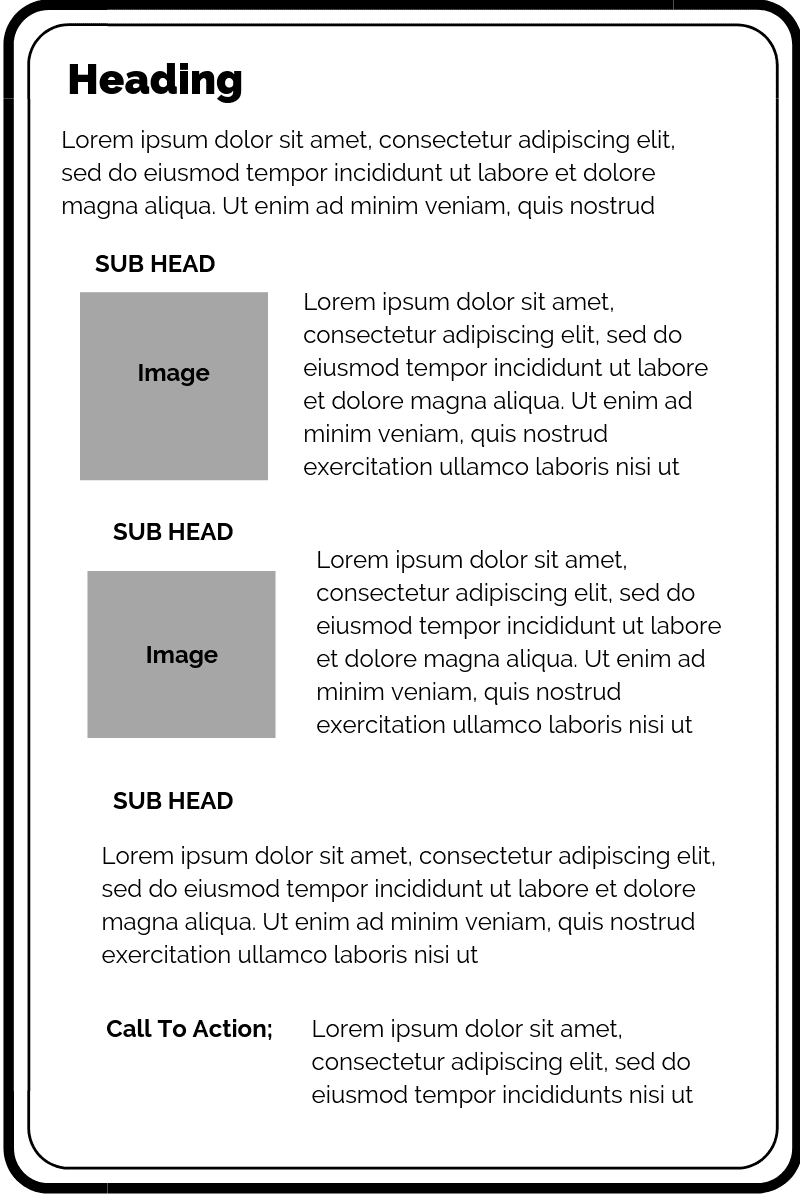Blog posts are a great way to let clients and prospects sample your knowledge and expertise.
While the the main pages of your website are mainly used for selling your products and services and explaining the various features, your blog should mainly be used for education and information about the products and services you offer. The reasons for blogging include:
- Highlighting your knowledge and expertise
- Explaining the BENEFITS of the products or services you offer
- Discussing industry trends that relate to what you do for your clients
- Humanizing and social activities like promotions, special events, participation in conferences and trade shows
- Improving your search engine rankings
HOW BLOGGING IMPROVES YOUR SEO
Even though I listed it last, blogging’s impact on your Search Engine Optimization (SEO) is very important. When you blog about topics related to your own services that also match up with what you do for your clients, these blog posts will become indexed by the search engines such as Google, and may be returned when someone does a search related to your blog’s topic. As I’m fond of saying, “Make your blog topic the answer to a potential question. Be the answer to the question and it will help your prospects find you.”
[bctt tweet=”When creating blog post topics, to improve your #SEO, be the answer to the question.” username=”samsonmedia” https://samsonmedia.net/the-best-way-to-format-a-blog-post/]
HOW TO SEO YOUR BLOG POSTS
- Try to include a relevant keyword or keyword phrase in your blog post title
- Try to include a relevant keyword or keyword phrase in your subtitles
- Write a MINIMUM of 500+ words (the longer the better)
- Try to logically include keywords in the first and last paragraphs of the blog post
- Weave at least 4-5 more instances of the keyword throughout the blog post
- Bold 3-4 instances of those keywords though out the blog post
- Link one to three of your keyword or keyword phrases to your main product pages like this example of linking our keyword, SEO, to our SEO page like this.
[bctt tweet=”For improves #SEO, try to include a relevant keyword or keyword phrase in your subtitles.” username=”samsonmedia”]
HOW TO FORMAT YOUR BLOG POST
But aside from the SEO and content ramifications of blogging, your blog post should be formatted for today’s modern web user and that means two primary factors: mobile readiness and skimmability.
As more than half of web users now access the Internet via their phones, your content must conform to mobile FIRST and then everything else. This means lots of bullet points, interesting images and no dense paragraphs of text.
The use of subheads serves a two-fold purpose — making the blog post immemently skimmable and providing a logical place to place some relevant keywords as we outlined above.
[bctt tweet=”Your blog post should be formatted for today’s modern web user and that means two primary factors: mobile readiness and skimmability.” username=”samsonmedia”]
Include 2-3 pictures. The reason? So you can add keywords to the images as both the file name and in the ALT tags. So instead of uploading a graphic as image03.jpg, rename it “your-keyword.jpg.”
Unsure what or where an ALT tag is? Here’s a great tutorial on ALT tags HERE.
Add a call to action (CTA) at the end of the post. Tell the reader to call, download, click, buy, etc. Sounds obvious but I’m always amazed at how many blog posts just leave the reader hanging. Offer additional resources, videos, links, downloads, SOMETHING, to end on a positive, forward-thinking note.
BLOG LAYOUT SAMPLE

Blogging Layout Sample
TAKE AWAY POINTS:
- Blogging, done correctly, should educate your customer base and potential prospects.
- Serves two audiences: people and the search engines
- Use Keyword phrases in the Heading/Title and in the subheads whenever it is possible and makes sense to do so.
Here’s to your blogging success!

